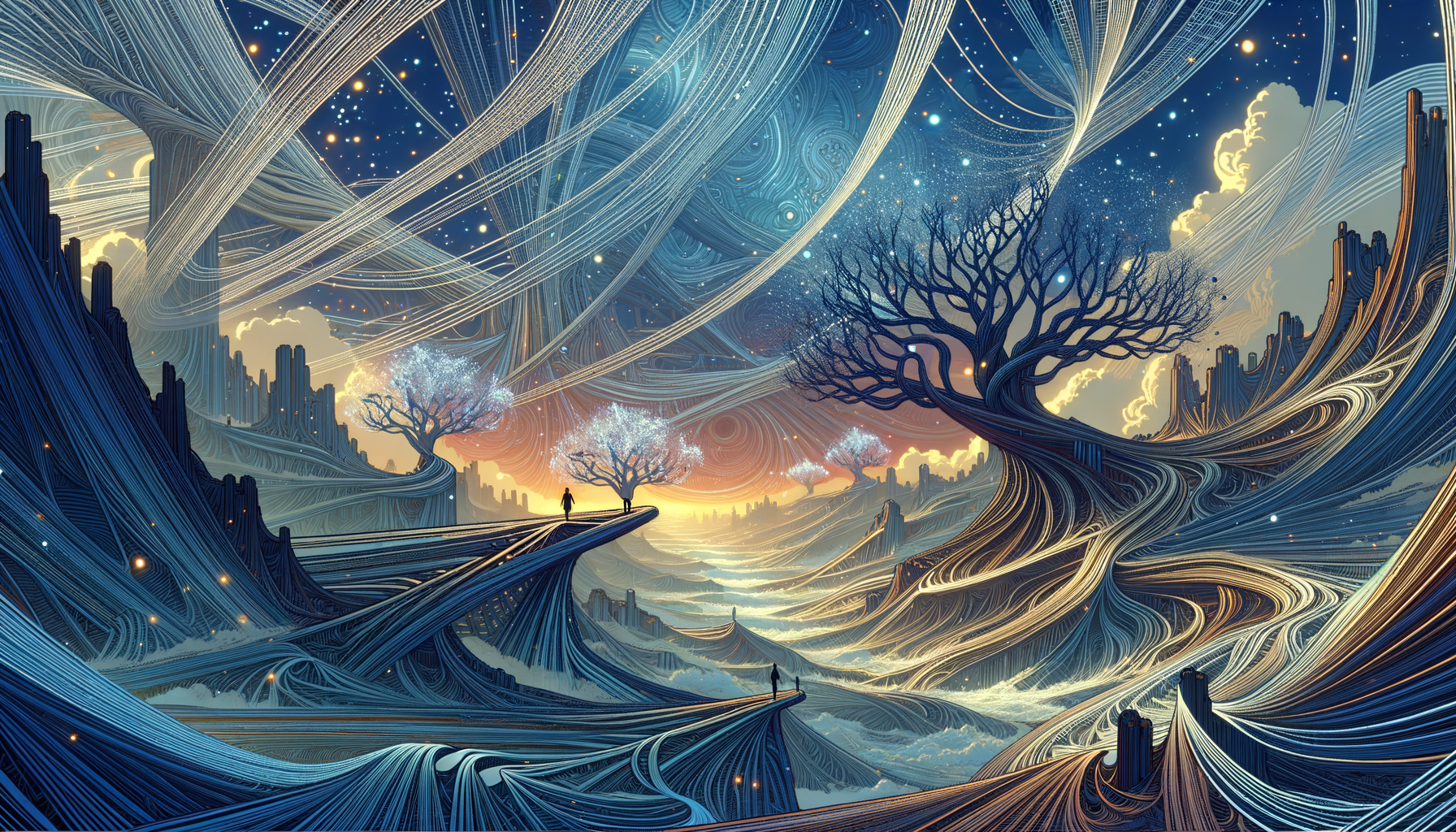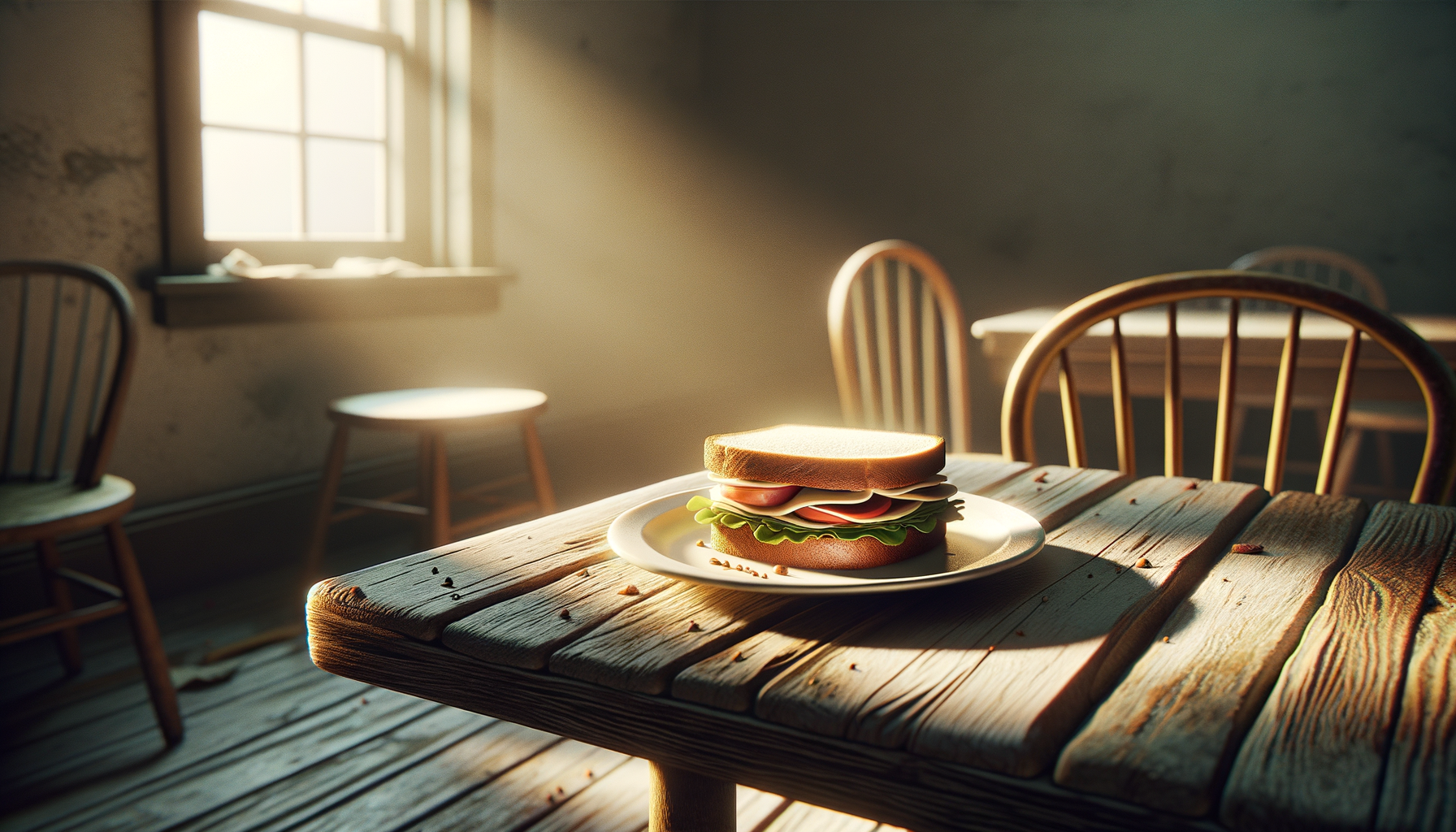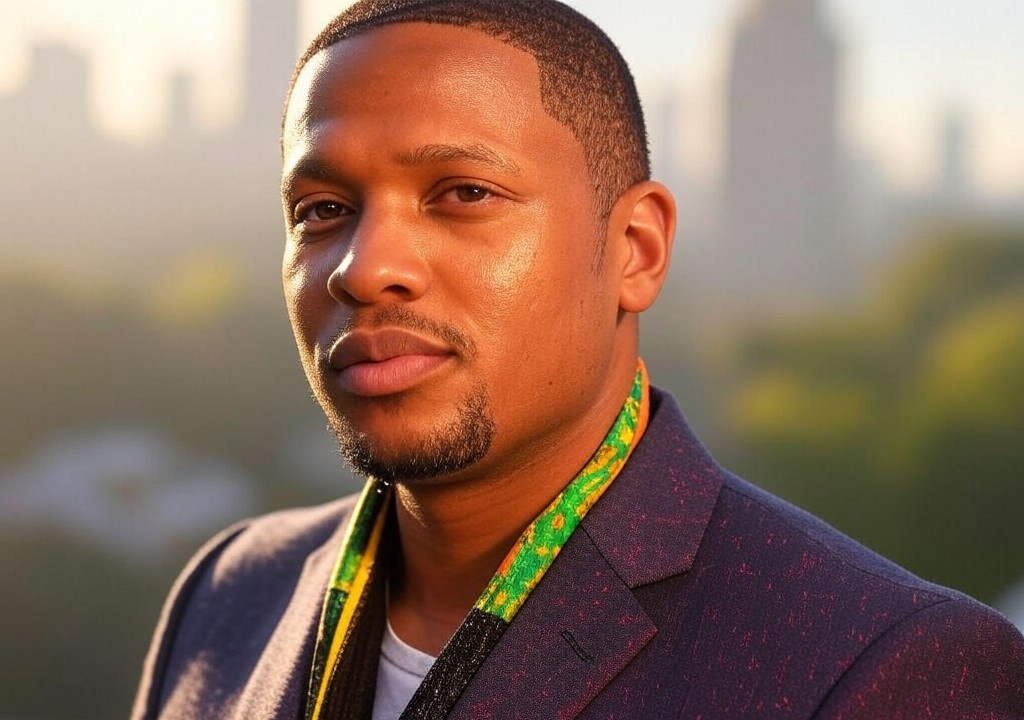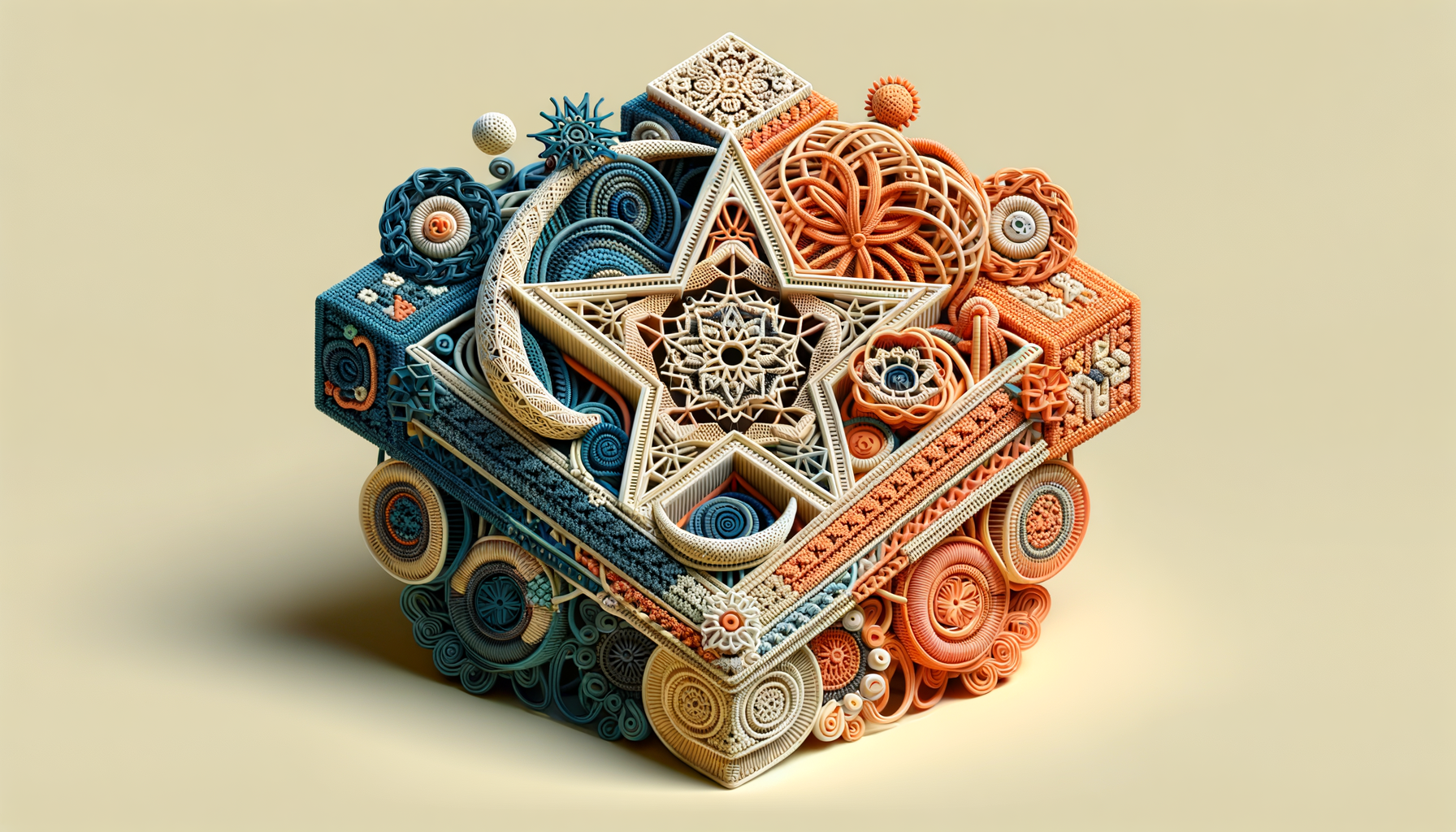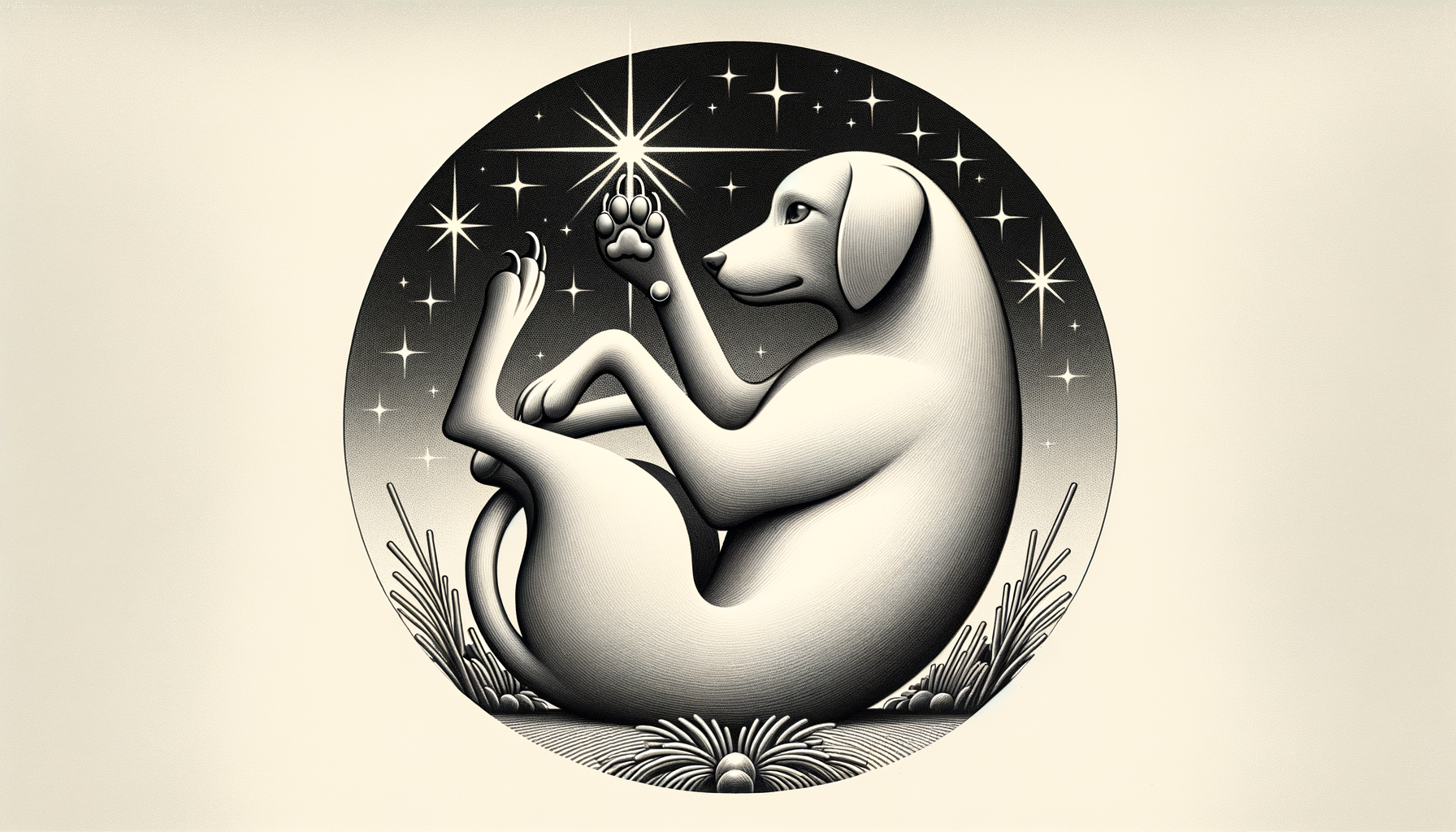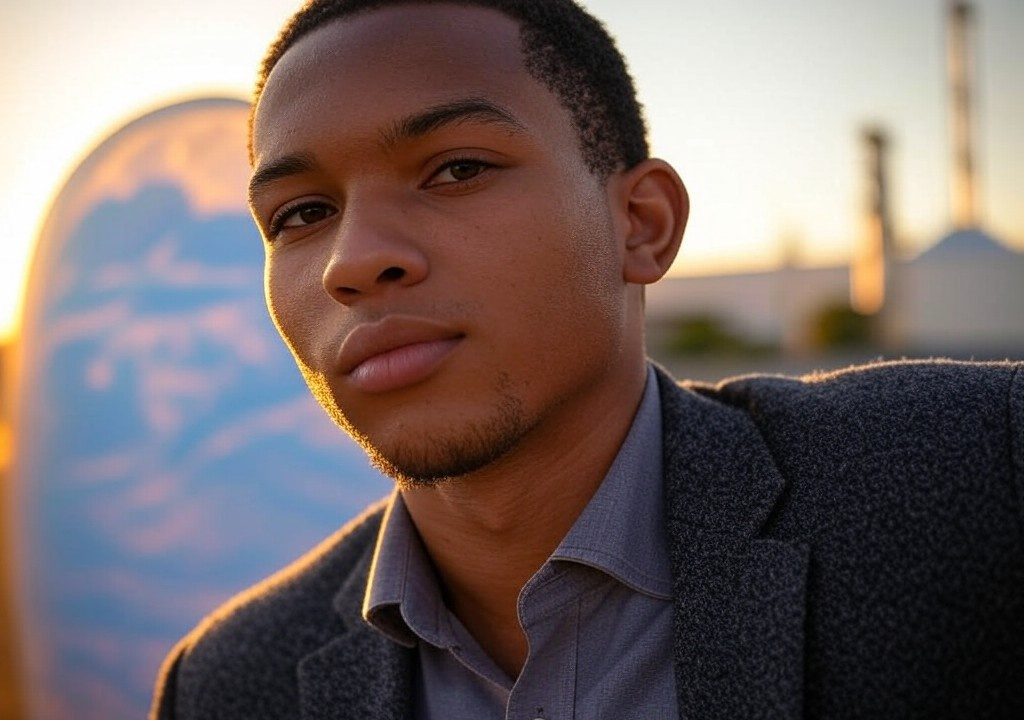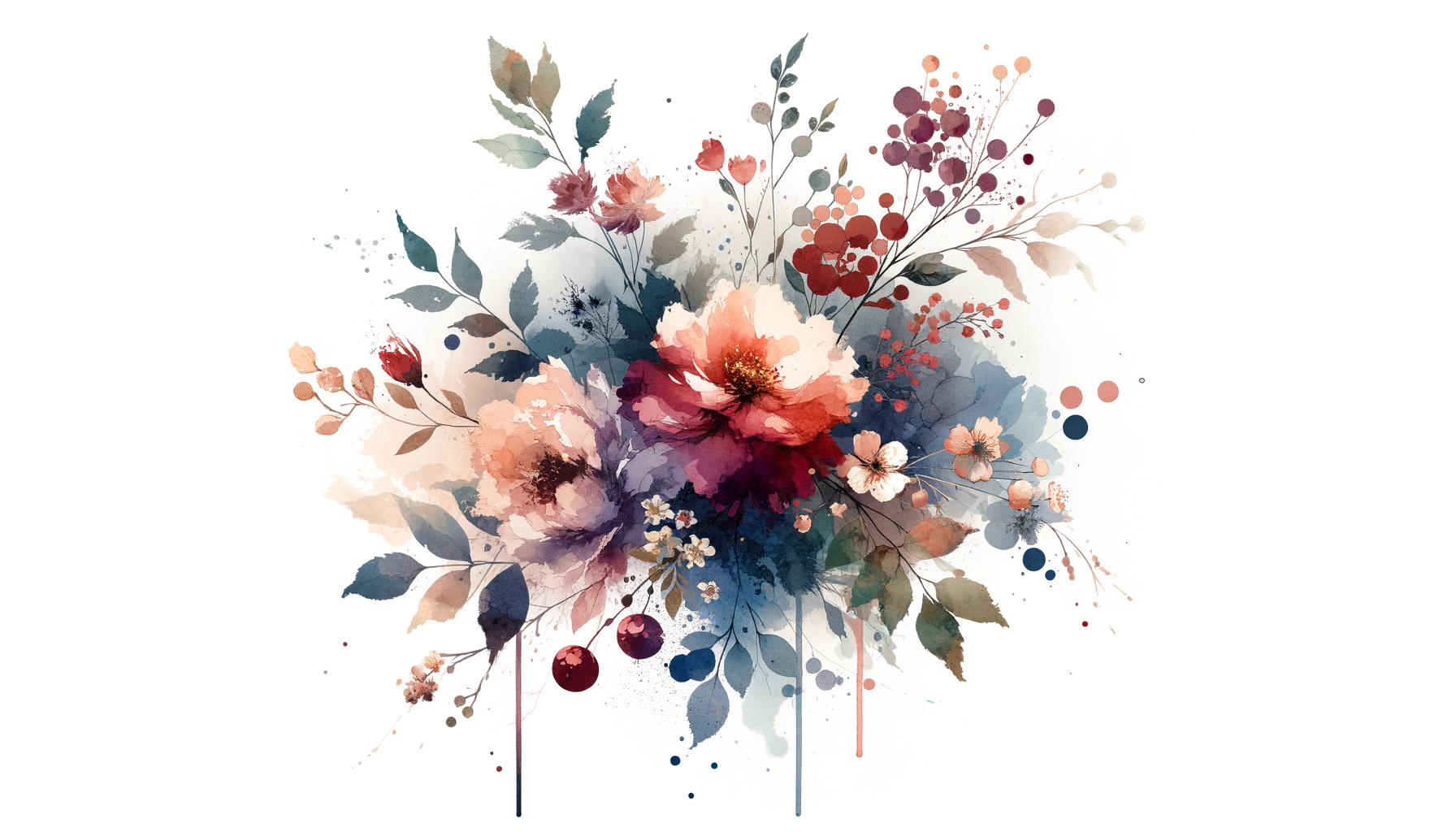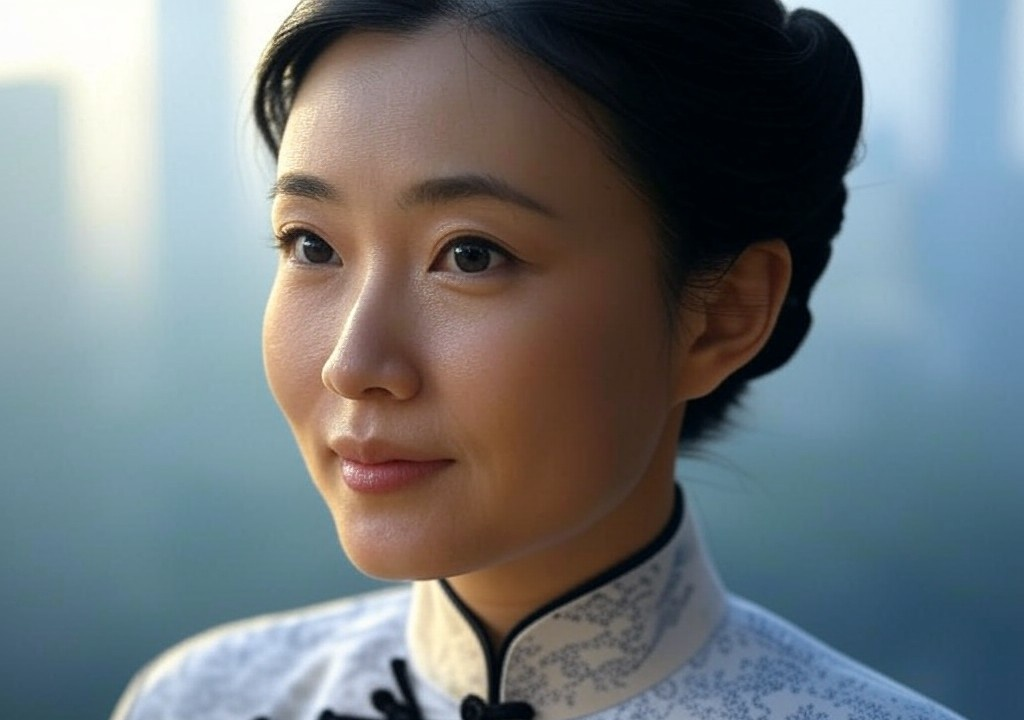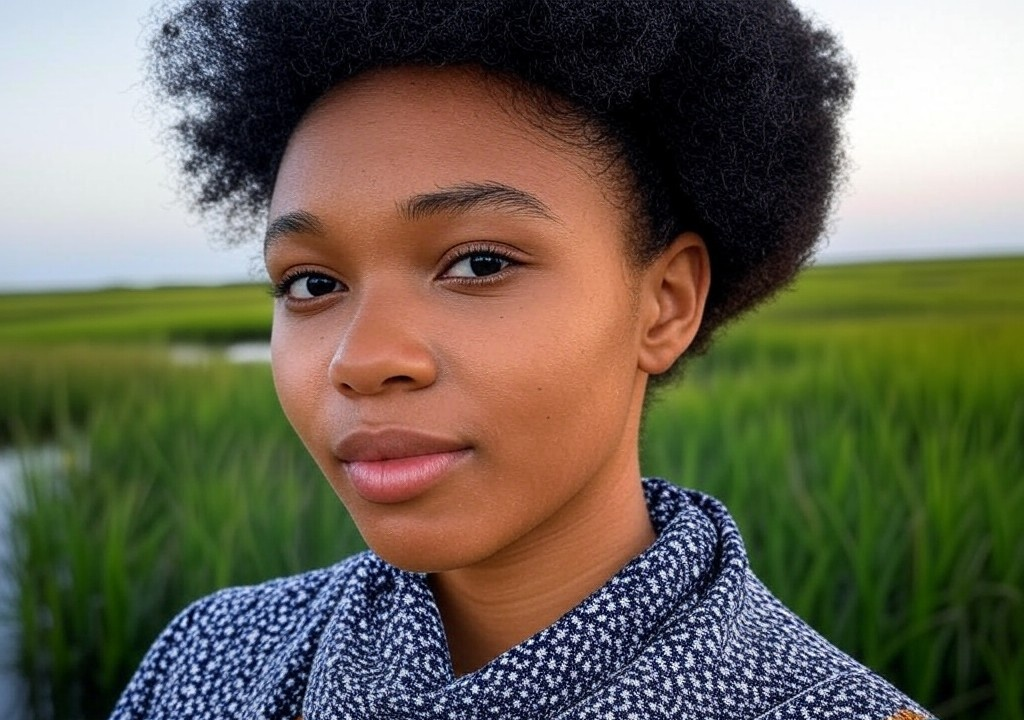I used to believe my grandparents’ love story was straight out of a Nicholas Sparks novel. The family myth went something like this: They met serendipitously on a dusty patch of the Arizona desert, locked eyes, and just knew. No dramatic obstacles, no second-guessing—only unshakable, forever love. It painted a picture of romance so pure and divine it practically had its own halo. For years, this story set the gold standard for love in my mind: an act of destiny, not deliberate choice.
I clung to their story like it was gospel, even as the evidence started to pile up that my own love life was...not exactly following The Notebook script. My first serious relationship? Ended awkwardly when he “found himself” (spoiler: himself was three states away). Another fizzled because I was too consumed with schoolwork to have nightly deep conversations. My dating app dalliances? Let’s just say Bumble is no matchmaker when your profile bio reads “Anthropologist looking for connection, ideally without ghosting.”
And so, at some point, I had to ask: Was the family myth broken—or was it simply, well, a myth? Turns out, peeling back the layers of a "perfect" love story gets complicated. Let’s unpack.
The Myth of Effortless Love
In hindsight, the cracks in my grandparents’ story were right there all along. How did they “just know,” given the well-documented fact that my grandmother was engaged to someone else when they met? And was locking eyes across the desert really as romantic as it sounded, considering my grandfather’s beloved horse blew their first meeting by kicking up a small dust storm?
Over time, the fairy tale softened into something more human. According to my mom (the family’s unofficial oral historian), Grandma didn’t “just know”—she wrestled with doubts and societal judgment before breaking off her engagement. And Grandpa, for all his charm, had to hound her with persistent visits and thoughtful gestures to win her over. It wasn’t fate that forged their bond—it was patience. It was effort. It was the willingness to choose each other, over and over again.
When I first learned the full story, I felt betrayed. But the older I got, the more I appreciated how liberating it was to see their love as flawed, tender, and achingly real.
Real Love Is Built, Not Bestowed
That myth of perfect love is easy to believe because it’s comforting. Romantic comedies, pop ballads, even Pixar movies have a way of romanticizing fated connections. (Looking at you, “just keep swimming” scene from Finding Nemo... why was that so moving?) But here’s the truth I’ve come to know: Love isn’t waiting to hijack your life on a distant horizon. Love is patient mileage over bumpy terrain. It’s the sum of late-night talks, bad apologies, lousy compromises, and moments of overwhelming joy that remind you it’s all worth it.
Instead of yearning for cinematic-level serendipity, I started focusing on crafting real-world connection. Here’s what I learned:
- Stop romanticizing perfection. The moment you stop looking for “the one” to magically tick every box is the moment you start appreciating complexity. People are messy; love is messy. Lean into the realness.
- Reframe failure as growth. Not every relationship is supposed to last, and not every heartbreak is wasted time. I learned more about myself from mismatched partners than I ever did from daydreaming about “true love.”
- Choose relationships actively. If there’s one takeaway my grandparents gave me, it’s this: love is an action verb. It thrives on reciprocity, not just chemistry.
Introducing Shades of Gray
I know, I know. This all has the potential to come off like a downer—like I’m suggesting we chuck romance into the compost and embrace practical emotional investments instead. But that’s not what I’m saying at all! What I’m advocating for is a love that exists in beautiful grayscale. Call it love with dimension.
Why? Because black-and-white thinking sets us up for disappointment. A perfect partner doesn’t just fall from the sky (nor do they have to recruit a magical horse to make their move). Some loves come into your life at the wrong time. Others ebb and flow, shifting with seasons and circumstances. When we recognize this as okay—as inevitable, even—we open ourselves to a fuller spectrum of connection.
Rewriting the Story
These days, I tell the myth of my grandparents a little differently. I still mention that dusty first meeting, but I don’t stop there. I get into the messy stuff: Grandma’s career aspirations, Grandpa’s awkward learning curve as he tried to woo her while still being a respectful—albeit determined—suitor. I highlight their fights about money in the early years, their struggles with in-laws, and the quiet reconciliations that happened over cups of coffee and fry bread.
What I’ve come to love most about their story is that it makes room for imperfection. And the space for imperfection, I think, might just be love’s truest form of grace.
Permission to Change the Script
If you grew up side-eyeing your family’s impossibly perfect love story—or any societal definition of what “real” love looks like—I hope this gives you permission to let it go. Love, at its best, belongs to no one’s myth but your own. You aren’t obligated to live up to a specific expectation, or timeline, or rom-com ending. You are obligated only to approach love with presence, courage, and curiosity.
So if your next first date feels more like an awkward hot yoga class than the opening scene of Pride & Prejudice, that’s okay—lean into the absurd. If you stray from your family’s path in favor of your own uncharted territory, congratulations: you’re writing your story.
And if anyone ever accuses you of ruining a perfectly good family myth, remind them that love is better—richer, wilder, infinitely freer—when it’s your truth.
Now, go build it.



